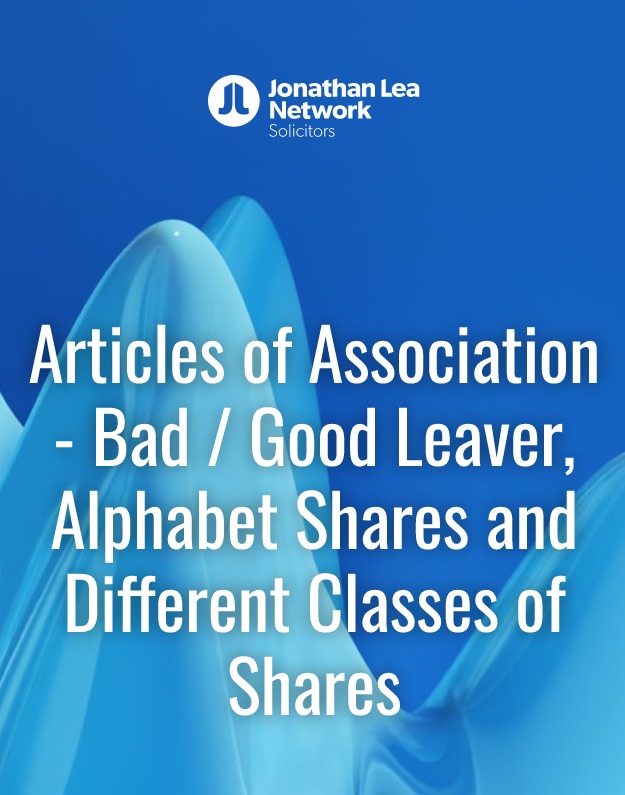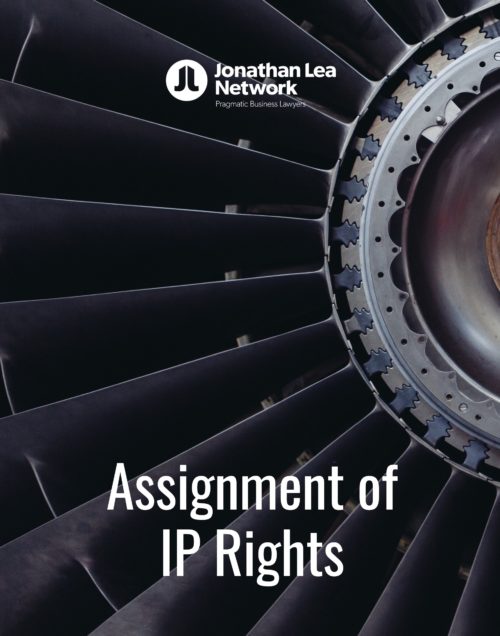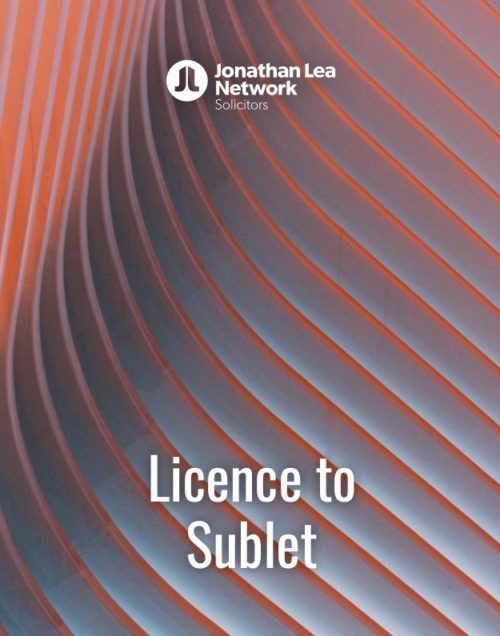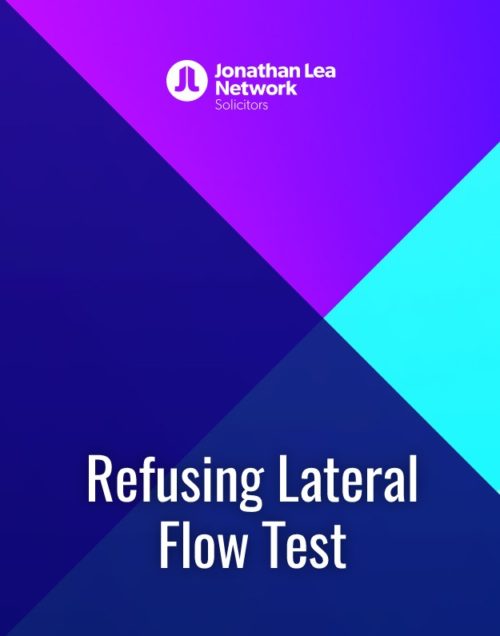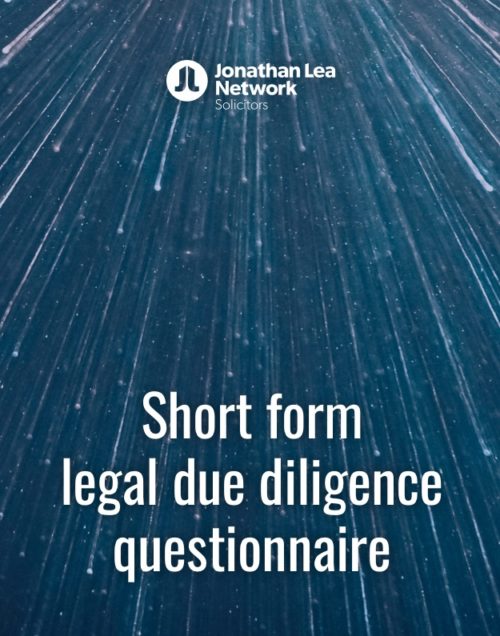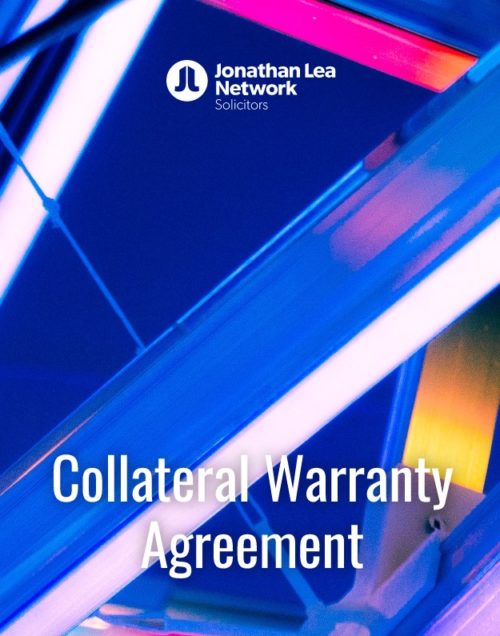Articles Of Association – Bad/Good Leaver, Alphabet Shares and Different Classes Of Shares
£6.99
These template articles are suitable for a private limited company that is seeking to create new share classes and to protect their position in regards to good and bad leavers. You are of course free to adapt the template articles as you deem necessary.
Capitalised terms contained within this guidance notes carry the same meaning as set out in the template articles unless otherwise specified.
Whilst we make every effort to ensure the materials provided on this website are accurate and up to date, we do not warrant, whether express or implied that the template articles and guidance will be free of any inaccuracies, omissions or errors (“Faults”). We shall not be liable for any loss, damage or cost resulting from any such Faults. You assume sole responsibility and entire risk as to the suitability and results obtained from use of the template articles and guidance.
GUIDANCE NOTE: MODIFIED MODEL ARTICLES – BAD/GOOD LEAVER, ALPHABET SHARES AND DIFFERENT CLASSES OF SHARES
Background
These template articles are suitable for a private limited company that is seeking to create new share classes and to protect their position in regards to good and bad leavers. You are of course free to adapt the template articles as you deem necessary.
Capitalised terms contained within this guidance notes carry the same meaning as set out in the template articles unless otherwise specified.
Whilst we make every effort to ensure the materials provided on this website are accurate and up to date, we do not warrant, whether express or implied that the template articles and guidance will be free of any inaccuracies, omissions or errors (“Faults”). We shall not be liable for any loss, damage or cost resulting from any such Faults. You assume sole responsibility and entire risk as to the suitability and results obtained from use of the template articles and guidance.
Template breakdown
Your input is required at the parts of the template highlighted in yellow and the wording inside the square brackets which we have included explains clearly the information that should be inserted. You are advised to fill in the wording in square brackets in lower case unless directed otherwise. Any figures should be entered in numerical form. The square brackets and any yellow highlight should be removed after the amendments are made (so as to produce a ‘final form’ set of new articles).
These articles are intended as a template only and must be adapted to the particular circumstances of your case.
Article 1 (Interpretation)
Article 1 sets out the definitions that will apply throughout the new articles – the main purpose behind this is to reduce repetition within the body of the articles, making them shorter and easier to read.
In addition, as it gives specific meanings to particular terms used in the articles, it also avoids ambiguity and makes it clear that those terms are intended to include matters which they might otherwise be found not to cover (or vice versa).
Unless expressly defined, the courts will interpret non-technical terms in accordance with their ordinary and natural meaning, or the meaning which can be inferred by the words that the parties chose to use in the articles. Extrinsic expert evidence may be necessary to interpret technical terms not defined in the articles themselves.
Article 2 (Proceedings of Directors)
The provisions contained in Article 2 supplement those set out in Articles 7-16 of the Model Articles (“MA”). Notably, Article 2 sets out that a Director’s meeting can be called by providing 2 Business Days’ notice. This in effect removes Article 9 of the MA. The provisions contained in Article 2 should be read in combination with any other agreements as care should be taken to ensure that the provisions of that agreement and those set out in the articles do not contradict each other.
Article 3 (Director’s conflict of interest)
Article 3 replaces the provisions set out in Article 14 of the MA which have been disapplied. Article 3 permits directors to vote on matters in which they are interested, subject to any interest being declared.
Article 4 (Voting of directors)
Article 4 sets out the scope for voting by directors. Decisions at board meetings are to be decided on a majority of votes. Article 4 sets out that if the number of votes is equal, the founder shareholder, as chairman, will have the casting vote. Article 13 of the MA is disapplied and replaced by this Article
Article 5 (Pre-emption rights of shareholders on the issue of further shares)
Article 5.2 excludes the application of sections 561 and 562 of the Companies Act 2006 (“CA”). Sections 561 and 562 of the CA impose statutory obligations on private limited companies to offer any new shares to the existing shareholders.
Articles 5.3 and 5.4 set out a tailored pre-emption procedure, which includes:
- Providing that the offer will be made to the shareholders in proportion to the number of shares held by each shareholder; and
- Allowing shareholders who are prepared to purchase more than their entitlement to do so, if not all shares are taken up under the offer by the other existing shareholders.
Article 5.4 further amends the CA by reducing the time that an offer has to be kept open, from 14 Business Days under section 562(5) of the CA to 10 Business Days. This reduces the risk that the period would expire on a weekend, or bank holiday.
Article 5.6 provides that any securities that are not accepted by the relevant shareholder shall be used to satisfy any requests for additional securities made under Article 5.4(c). If additional securities remain after the further allotments have been made, the directors can offer those securities to anyone, as they think appropriate on no less favourable terms.
Article 6 (Pre-emption rights of shareholders on transfer of shares)
Article 6 relates to the transfer of shares more generally.
Article 6.2 sets out the meaning of a share transfer.
Article 6.3 sets out that the Founder Shareholder has a right of veto in circumstances where a shareholder seeks to transfer their shares.
Article 6.4 sets out the information that transfer notices should contain. They must include:
- details of the number of shares to be sold or transferred; and
- the price at which the shares are to be transferred (transfer price).
Article 6.5 further sets out the order in which transferring shares should be offered to the Company’s existing shareholders. Firstly, these should be offered to the Founder Shareholder, and if not taken up by that shareholder, the shares in question should then be offered to the remaining shareholders.
Article 6.8 and 6.9 provide that if there are remaining shares outstanding following the offer contained in Article 6.5, the shares can be sold to a third party, although this cannot be a direct competitor of the Company. For certainty, you may consider defining the term “direct competitor”. If there are no third party offers and the selling shareholder does not accept the Company’s proposed Fair Value of the shares, the notice can be withdrawn.
Article 7 (Compulsory Transfer of Shares)
Article 7 offers a form of protection to the Company by providing that if certain events occur, a mandatory transfer of shares will follow. This Article sets out the types of events which would result in a compulsory transfer of shares.
Article 7.3 prioritises to whom the shares will be offered following a Deemed Transfer Notice, firstly to the shareholders pro-rata and secondly to the Company.
Article 7.4 outlines the price that the selling shareholder will receive for their shares in the event that a Deemed Transfer Notice is served. For example, under Article 7.1(a) and (b) on the death or permanent disability of a shareholder the selling shareholder will receive Fair Value for their shares. Under Articles 7.1(c) to (h), the selling shareholder will receive the higher of the par value and the subscription price paid by the selling shareholder for their shares.
Article 8 (Fair Value)
Article 8 sets out the process by which the shares are valued in the event that the transfer price has not been agreed. This is particularly important where a transfer notice is deemed to have been given, for example, in circumstances where a Leaver departs the Company as a Bad Leaver. As such, this prevents disputes arising as to how a shareholder’s shares are to be valued.
Article 9 (Tag along rights on a change of control)
In general terms, Article 9 provides that, in circumstances where one or more of the Company’s shareholders propose to transfer any shares which would result in another shareholder acquiring 50% or more the entire issued share capital of the Company, each shareholder proposing to transfer shares will procure that the prospective buyer makes an offer to all of the Company’s remaining shareholders on the same terms. This allows the other shareholders to ‘tag along’ on the deal and ensures that they are not left out.
It is worth considering here whether this will suit your Company and whether including this provision may result in making the sale of shares more difficult. This Article is therefore optional hence why its heading is contained within square brackets and highlighted in yellow.
Article 9.3 sets out the method by which the selling shareholder must inform the other shareholders of such an offer.
Article 9.7 makes clear that any sales conducted in accordance with this article are not subject to the pre-emption provisions set out in Articles 5 and 6.
Article 10 (Drag Along Option)
Article 10 sets out the basis on which the drag along rights will apply. It provides that if 60% of the Company’s shareholders agree to sell their shares, they can compel the other shareholders to sell their shares (i.e., to drag them along on the deal), ensuring that a prospective purchaser can acquire 100% of the Company.
Article 10.2 provides what must be contained within the Drag Along Notice in order to exercise the Drag Along Option. You may wish to include additional provisions as to the timing of the notice.
Under Article 10.6 and 10.7, the called shareholders must deliver stock transfer forms and their share certificates (or an indemnity) on the completion date. If they fail to do so, any director of the Company can transfer the shares on their behalf and only on receipt of their share certificates are they entitled to be paid for their shares.
Article 11 (Leavers)
This article dictates how much a shareholder leaving a Company is entitled to for their shares and under what circumstances the shares can be sold.
Article 11.2 provides the ability for a Company to force a share sale within 1 year of a Leaver’s departure.
Under Article 11, good leavers can benefit from an uplift in value on their shares to be sold. This is because of Article 11.3(d)(ii) which sets out that a good leaver would be entitled to either the higher of the subscription price paid for the shares or Fair Value.
In contrast, the maximum price at which a bad leaver will be able to sell his shares will be the amount he paid for them. This is set out in Article 11.3(d)(i) which confirms a bad leaver is only entitled to the higher of par value or the subscription price he paid.
Were a bad leaver able to benefit from an increase in his shares value, other shareholders may see that as an easy, if not unfair, way to affect an early exit from the Company.
Note – Companies must take great care when implementing Articles in regards to Leavers. To avoid any future disputes, a Company should set out in the shareholders agreement exactly how the price for a Bad Leaver’s shares would be calculated. This also protects the Company from being deemed to have imposed a ‘penalty clause’ which may be unenforceable.
Article 12 (Rights attaching to Shares)
There is no guidance under the CA as to what a right attached to a share is. As such, Article 12 contains our suggestion for what rights each share carries. These may not be applicable in all cases. As such, we recommend that you take great care when detailing the share rights and ensure that they are suitable for your circumstances.
Article 13 (Electronic Communication)
Article 13 sets out the Company’s position in terms of whether electronic means of communication are accepted.
Article 48 of the MA permits the sending and supply of documents to be provided under CA by or to the Company in any way provided by the Act. This includes the use of electronic means, such as e-mail, or online publication.
Article 13 sets out that electronic communication will be accepted and that the additional formalities under Schedule 5 of the CA will be adhered to.
This may be something you wish to consider further, and this Article is therefore optional hence why its heading is contained within square brackets and highlighted in yellow. For smaller companies or those with few shareholders inclusion of this Article may not have any added benefit, however, for larger companies with a large number of shareholders, it may prove to be beneficial to include this provision.
Article 14 (Purchase of Own Shares)
Article 14 affords the Company the power to undertake a buy-back of a small amount in accordance with section 692(1ZA) (b) of the CA Such a buy-back can be funded with cash even if this does not amount to distributable profits or even if it is capital. While there are still statutory requirements which must be complied with, carrying out a buy-back in this way is not as detailed as the usual procedure.
Article 15 (Employee Incentivisation)
Article 15 provides that before any shares are allotted to employees, directors, prospective employees or directors, they must enter into a joint election with the Company under section 431 of Income Tax (Earnings and Pensions) Act 2003.
This is a tax efficient Article, and the reason for its implementation is that following entering into a joint election, no income tax charge should be payable at the time of lifting of the restrictions, which may have been payable by the Company under PAYE and on which NIC liabilities could have arisen.
We recommend that if you are looking to allot shares to such persons under this Article that you take professional tax advice to ensure compliance.
Article 16 (Indemnity and Insurance)
Article 16 extends the provisions of Article 52 of the MA by removing the discretion given to a company to indemnify its directors. Rather than the Article reading “may” indemnify, we have stated that a relevant officer “shall be” indemnified.
Furthermore, Article 16 extends the category of persons who are covered by insurance by broadening the definition of “relevant officer” to include not only directors but also the Company’s secretary (if any) or a former director or Company secretary to benefit from insurance.
You may wish to restrict this by stating that it applies to current directors only.

